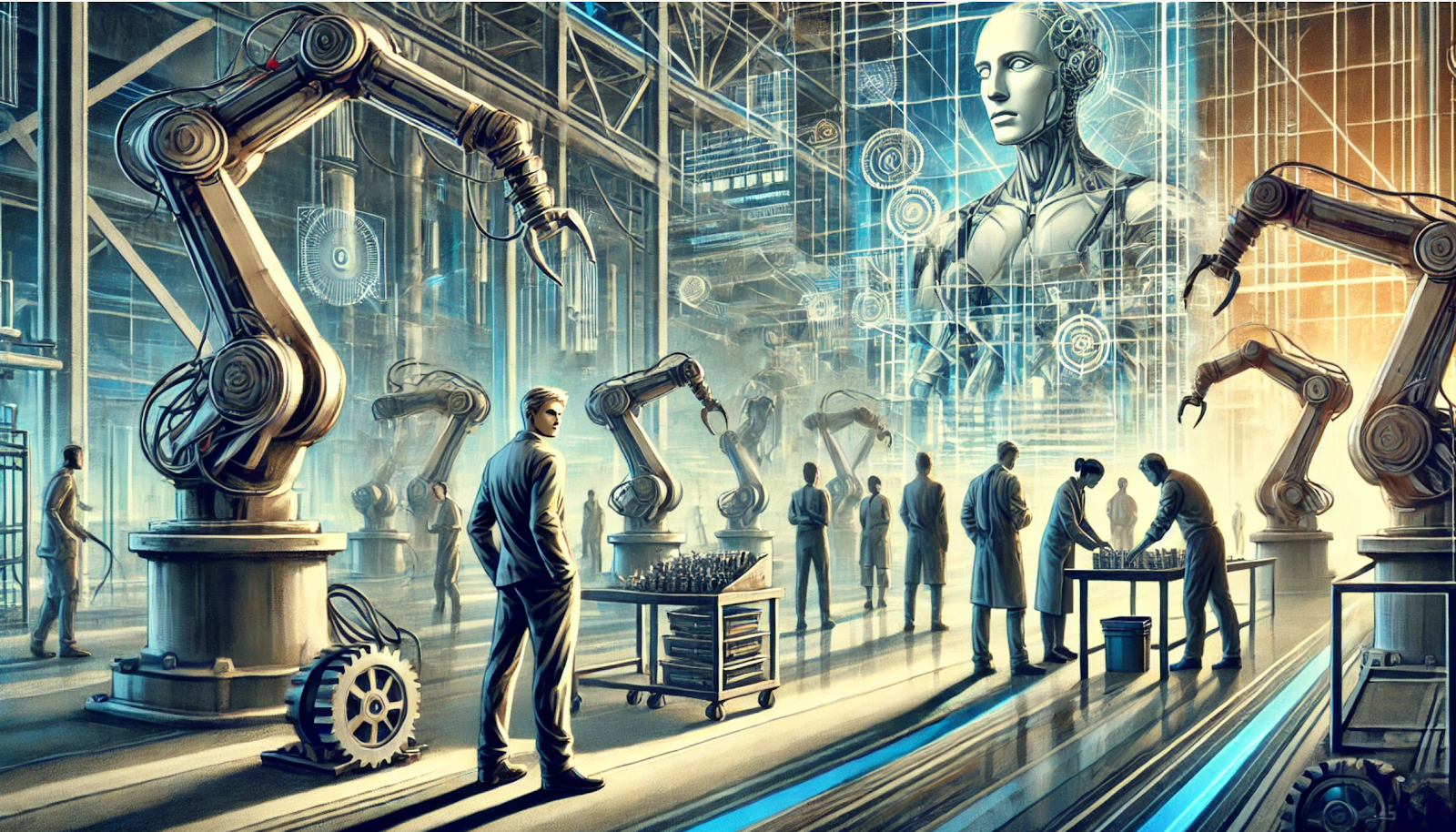This peculiar practice reveals our creation of a new moral domain around AI use in knowledge production. The requirement to disclose functions precisely as Michel Foucault described confessional practices in "The History of Sexuality." Foucault argued that confession itself produces the very notion of sin it purports to address. The act of requiring disclosure creates the impression of transgression where none inherently exists.
Medieval confession did not merely document pre-existing sins - it manufactured them through the very apparatus of confession. Similarly, disclosure requirements around AI use manufacture a transgressive quality around technologies that have no inherent moral valence.
The mechanics operate almost identically. Both create categories of behavior requiring special scrutiny. Both position authority figures as arbiters of acceptability. The confessing subject experiences this manufactured transgression viscerally - the academic disclosing AI use feels compelled toward contrition without clear understanding of what offense they have committed.
Authors find themselves in impossible positions, uncertain how much assistance constitutes meaningful use. Did grammar checking through Microsoft Editor count? What about Grammarly's suggestions? The lack of clear standards transforms disclosure into guesswork.
Rather than focusing on tools, we might evaluate outputs based on established academic standards regardless of production methods. This approach acknowledges that quality, originality and intellectual integrity manifest in final products, not production processes. Technical assistance has always existed across academic work - from statistical software to citation managers to editorial help from colleagues.
Current disclosure requirements function primarily as modern confession, manufacturing transgression through the very apparatus designed to reveal it. By recognizing this dynamic, we might reimagine our approach to technological assistance in ways that foster genuine integrity rather than performative disclosure.










